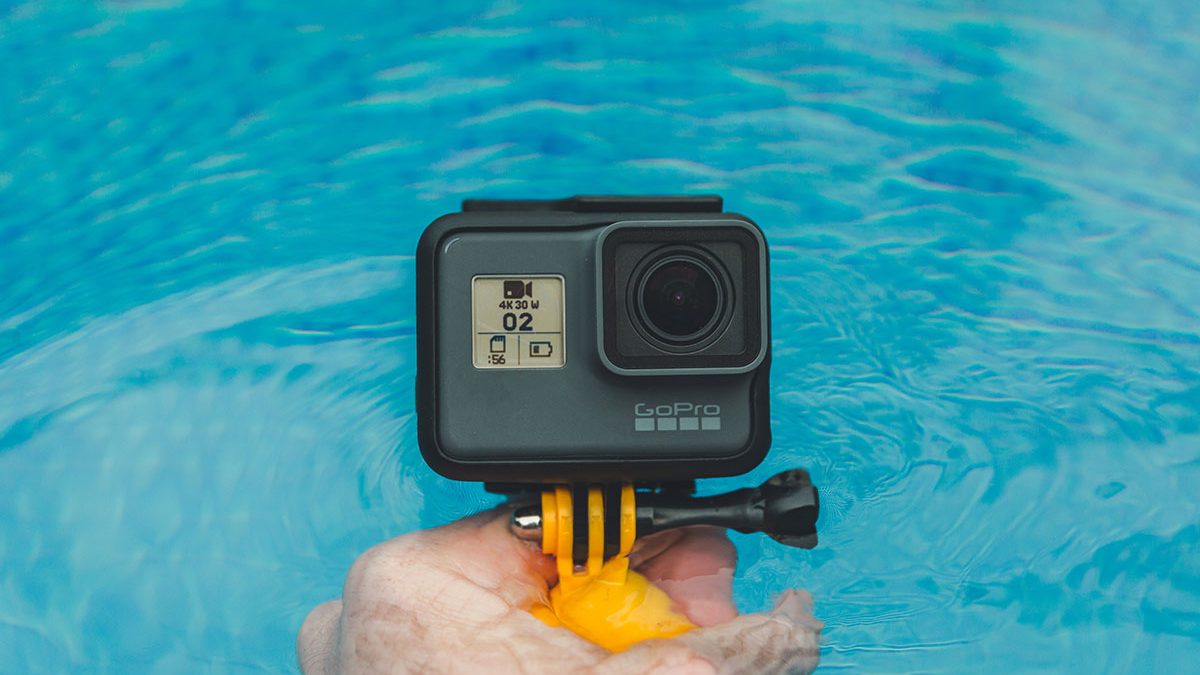Underwater Cameras: Compacts vs. Interchangeable Lens Cameras
Which type of underwater digital camera should you buy? What brands are the best underwater cameras? There are compact cameras, mirrorless, and dSLRs each with their own pros and cons.
Compact cameras have one attached lens while both mirrorless and dSLRs use interchangeable lenses. After shooting with a compact underwater camera, many people consider switching to a mirrorless or a dSLR. The obvious advantage is the interchangeable lens choices. This is a significant difference that limits the flexibility of a compact camera, although wet lenses can help bridge this distance to some extent. You also have more flexibility with different focal lengths and better image quality from superior optics and a larger sensor. Interchangeable lens cameras also have reduced shutter lag and better focusing capability. These are huge advantages. Shooting with a dSLR is quite a joy and very few people regret changing. However, a compact camera in the right hands can sometimes take shots that rival a dSLR shot.
There’s no question that underwater photography and videography, just like drone videos, can set you up as a class above in the social media and digital content production industries.
For more information on how compacts differ from dSLRs underwater, and how to use your compact camera underwater, read about using compact cameras underwater.
The best camera for underwater photography may be a full frame high resolution dSLR or a full frame mirrorless camera. New models like the Nikon Z7 and the Canon EOS R are setting a new standard for stills and video in one package.
Let’s look at more advantages and disadvantages of a compact camera, when compared to a dSLR, by visiting the Underwater Photography website.




